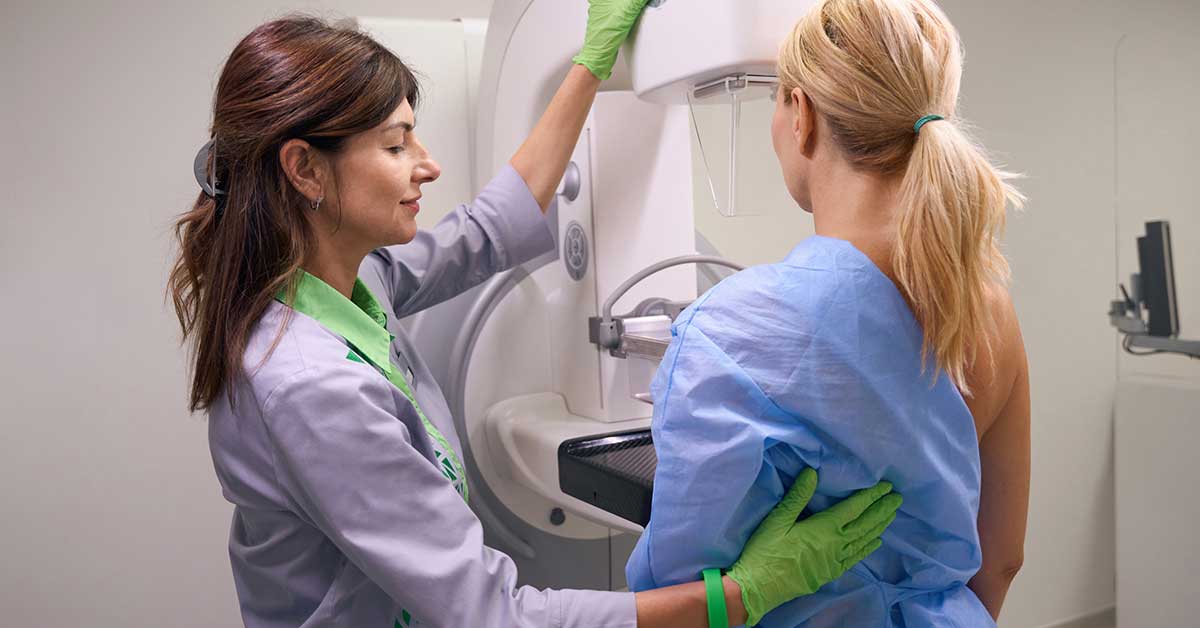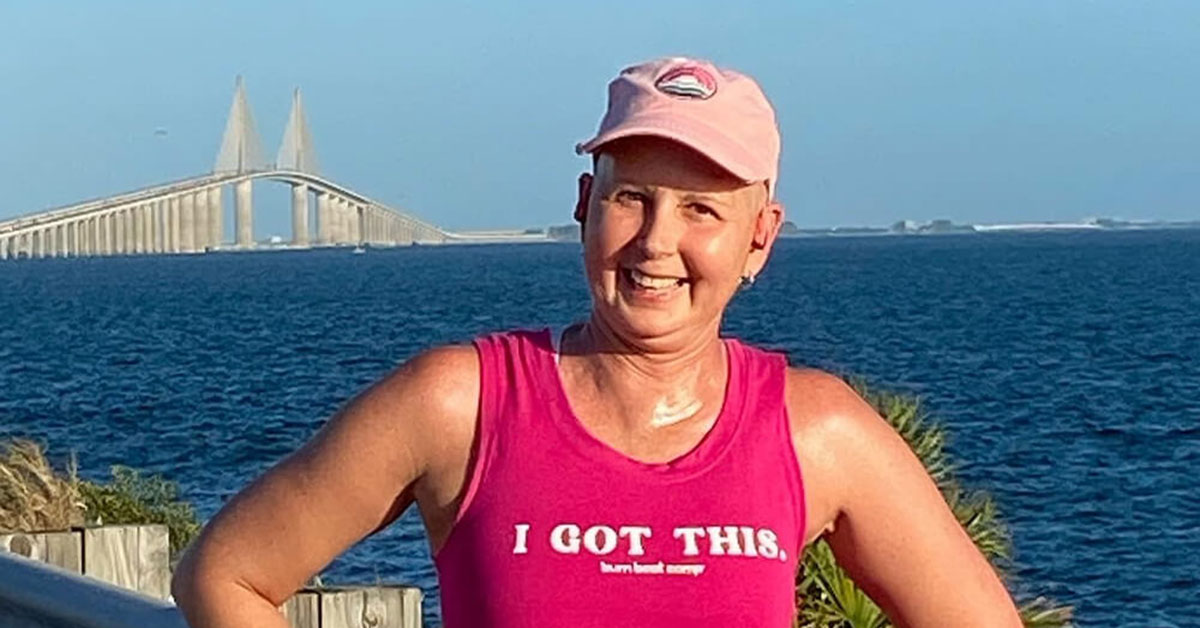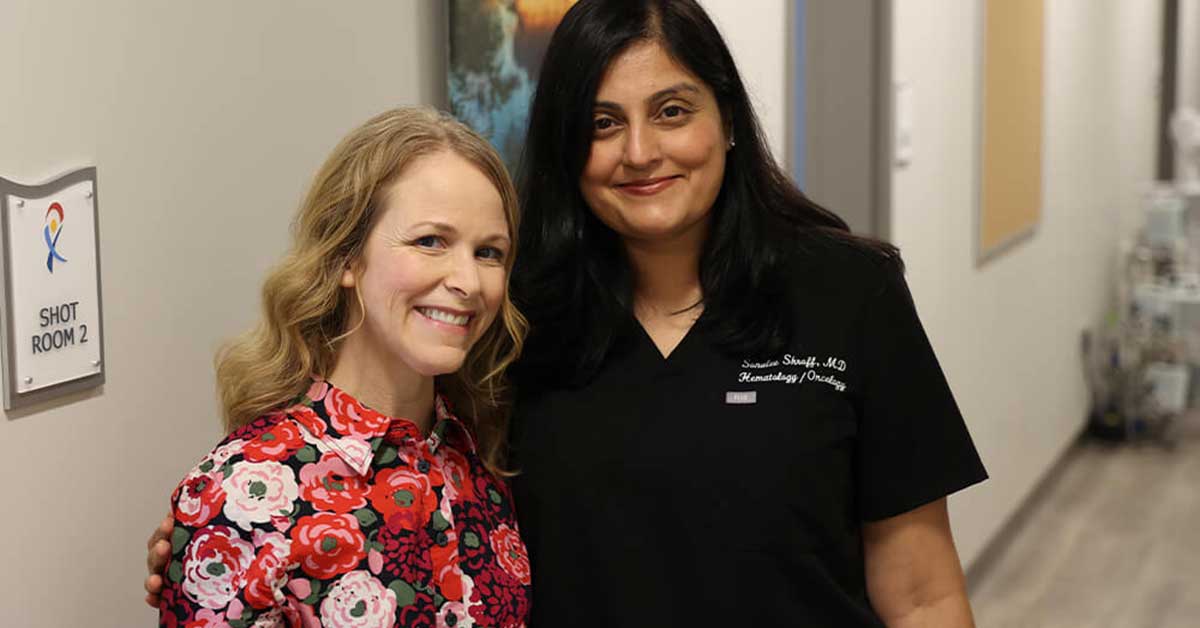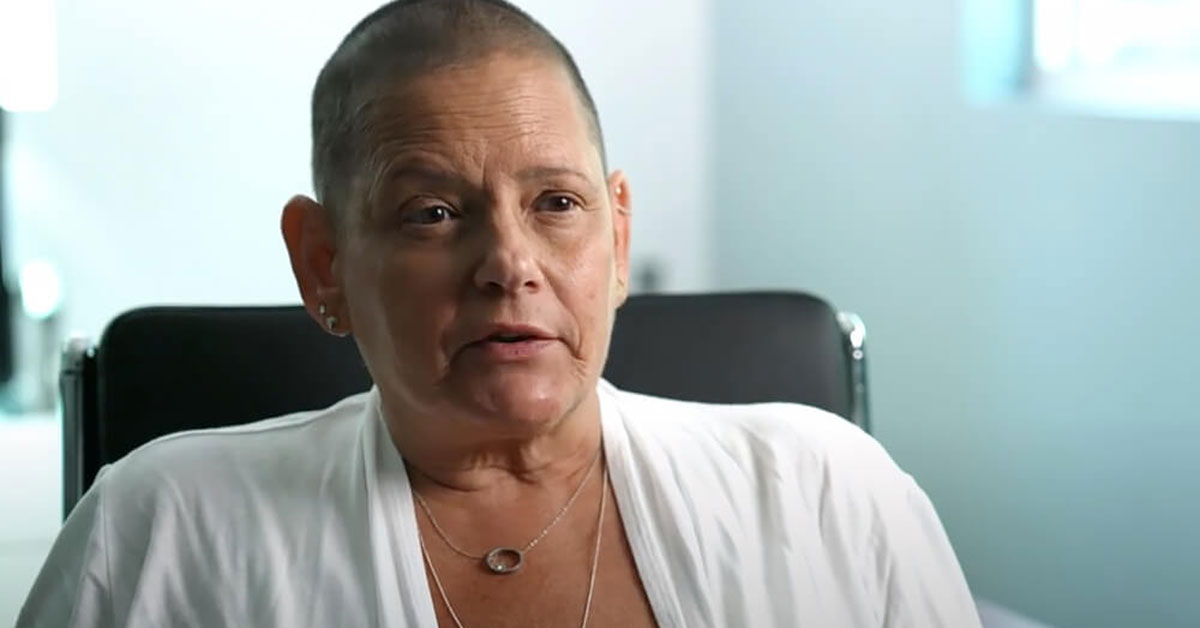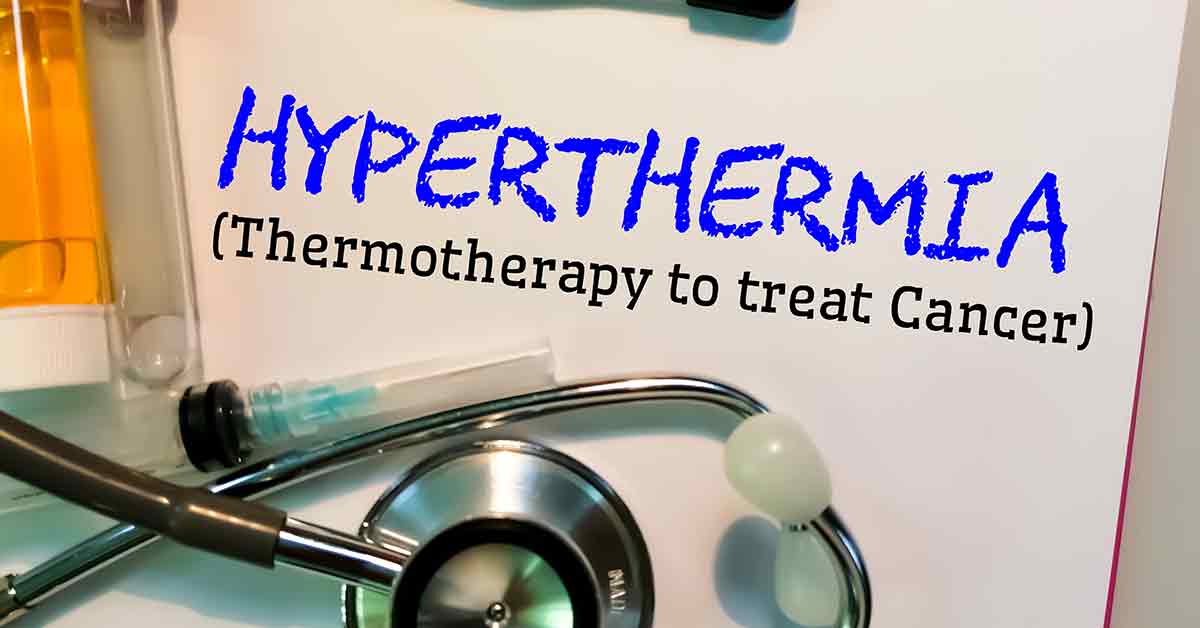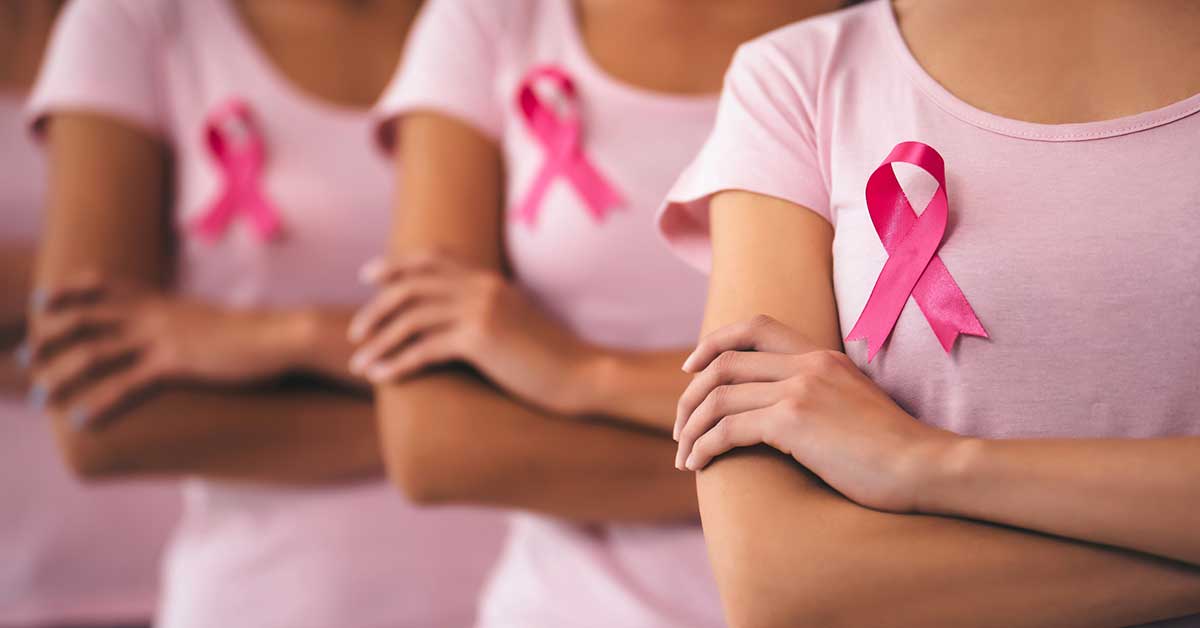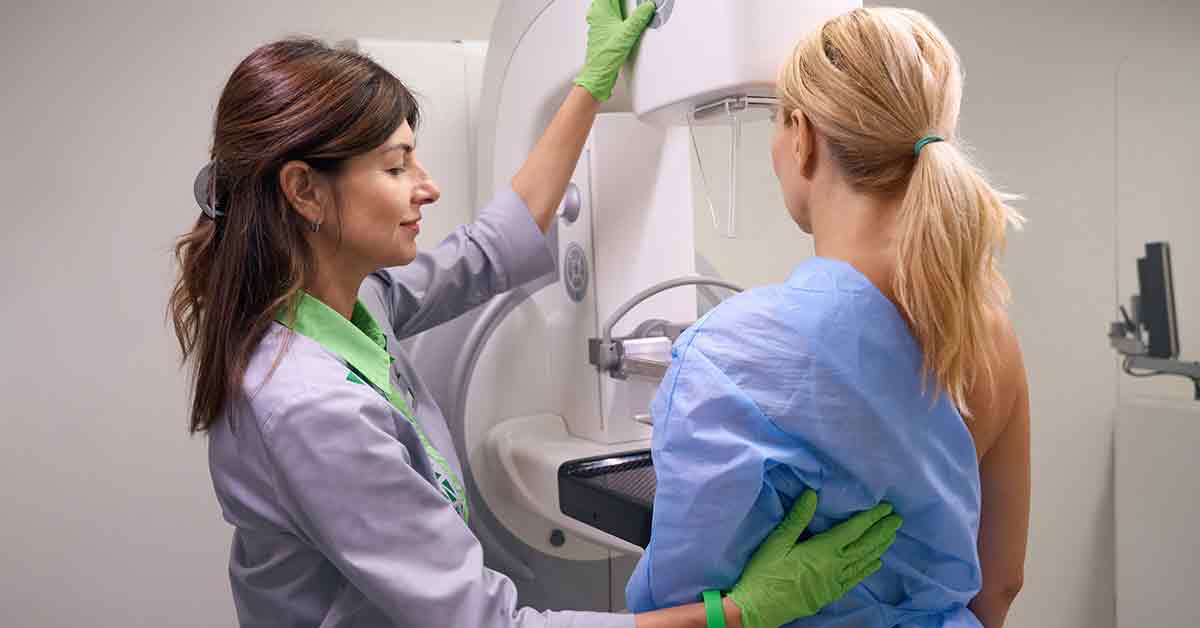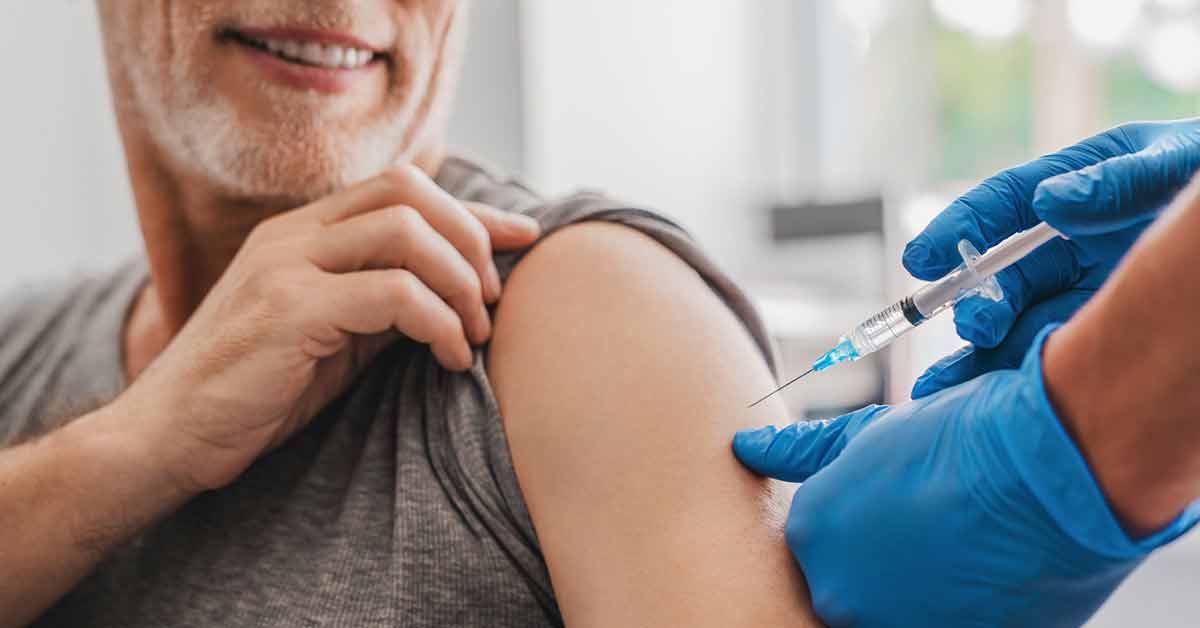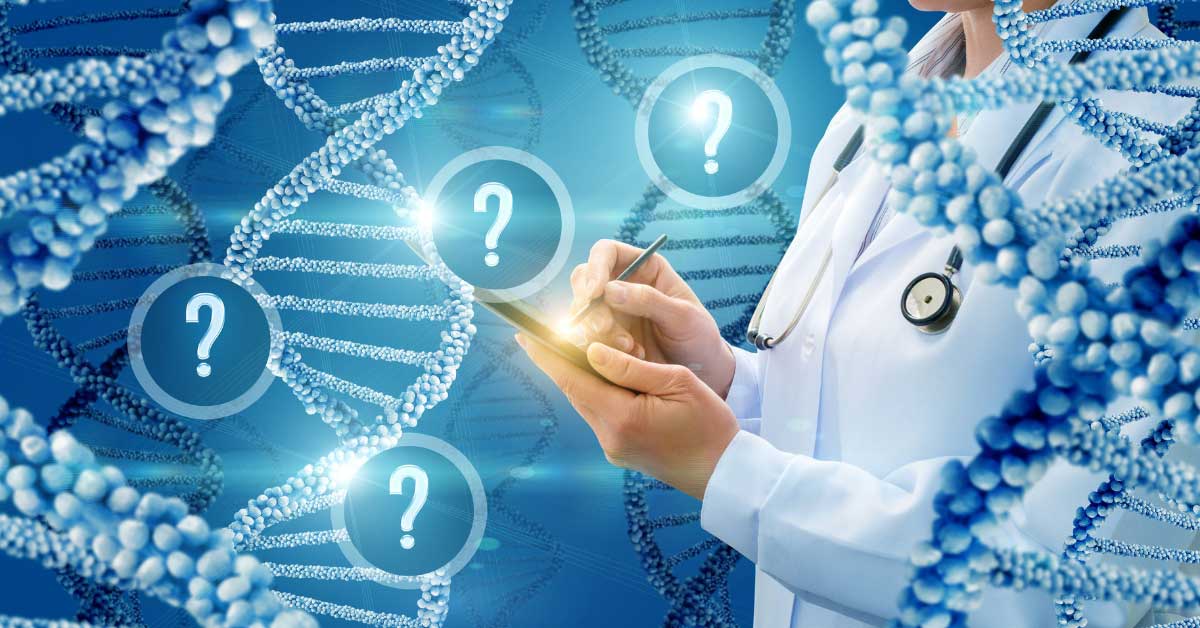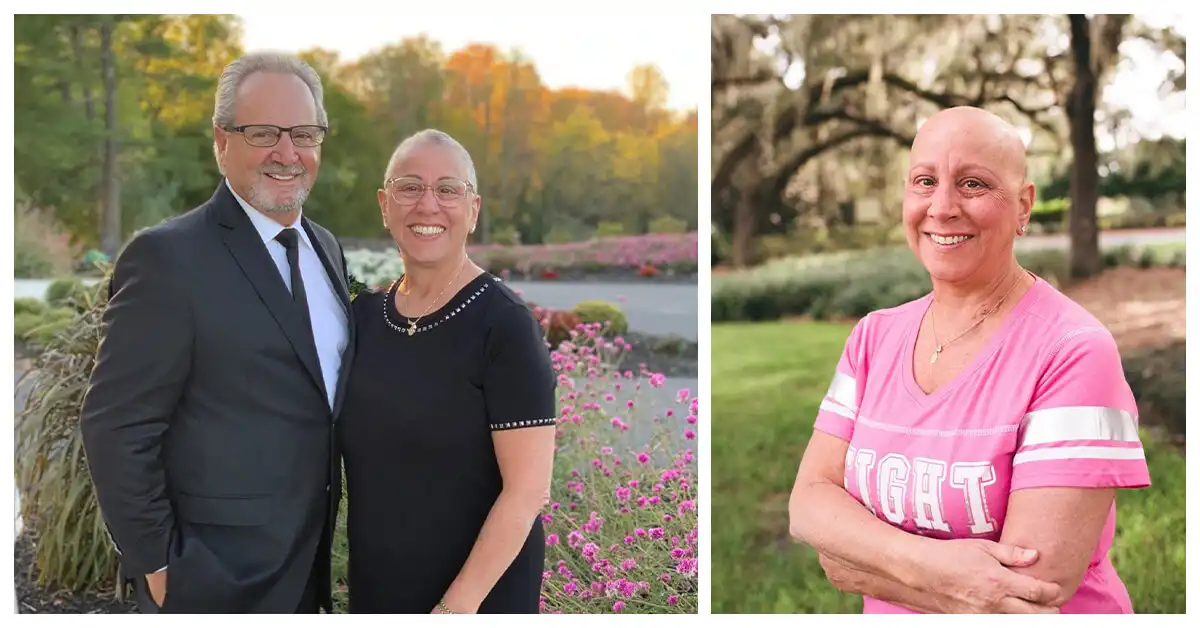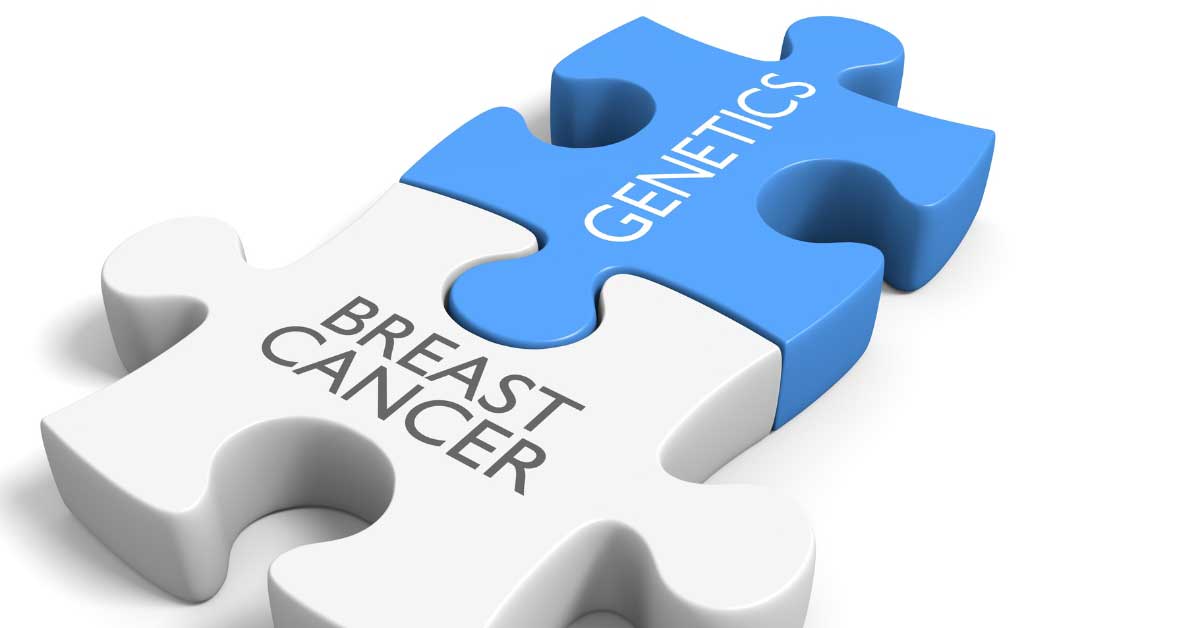Triple Negative Breast Cancer -Summary, Symptoms, Treatments
Contact Us
What is triple negative breast cancer?
Breast cancer develops in the cells of the breast and there are several types. It can occur in both men and women, but it is far more common in women. Triple-negative breast cancer is a type of breast cancer that lacks three common receptors found in many other breast cancers: estrogen receptors, progesterone receptors, and HER2 protein receptors. Because it doesn’t have these receptors to fuel its growth, treatments that target them are not effective for this type of cancer.
What are the signs and symptoms of triple negative breast cancer?
The signs and symptoms of triple-negative breast cancer (TNBC) are similar to other types of breast cancer, but it often grows faster, so changes can appear more quickly.
Common signs can include:
- A lump in the breast or underarm – usually hard and painless, but sometimes tender.
- Changes in breast size or shape – swelling, especially if sudden.
- Skin changes – dimpling, puckering, redness, or thickening of the breast skin.
- Nipple changes – inversion, discharge, or pain.
- Breast warmth or heaviness – sometimes with swelling or a feeling of fullness.
These symptoms can also indicate other non-cancerous conditions. Because TNBC can progress rapidly, a healthcare professional should promptly check any new breast changes.
How is triple negative breast cancer diagnosed?
Triple-negative breast cancer (TNBC) is diagnosed in several steps, similar to other breast cancers The first step in diagnosing breast cancer is a physical examination so that your doctor can evaluate the symptoms you are experiencing and discuss your health history.
Various types of imaging tests such as mammograms, ultrasound and magnetic resonance imaging (MRI) can detect abnormalities in the breast and provide detailed information about the extent of any cancer. If imaging tests suggest the presence of cancer, a biopsy is performed to obtain a tissue sample or remove a lump for closer examination. The biopsy sample is tested for estrogen, progesterone, and HER2 receptors. If all three are negative, the cancer is classified as triple-negative.
Back to Top
What causes triple negative breast cancer?
The exact cause of triple-negative breast cancer isn’t fully understood, but it develops when breast cells grow uncontrollably due to changes (mutations) in their DNA. These mutations can be influenced by several factors:
Genetics:
- BRCA1 gene mutations
- Family history of breast cancer
Age and demographics:
- More common in women under 50
- African American and Hispanic women have a higher incidence and often develop it at a younger age
Other possible risk factors:
- Certain reproductive history patterns such as early menstruation, younger age at first childbirth or late menopause
- Obesity
- Exposure to radiation or other carcinogens
Is triple negative breast cancer genetic?
Genetics can contribute to triple-negative breast cancer (TNBC) risk, but it’s not the sole reason. Women with mutations in certain genes—most notably BRCA1—are more likely to develop TNBC. Men can get RNBC but it is extremely rare. Many TNBC cases occur without any known inherited genetic mutation. In these cases, other factors like age, ethnicity, and environmental exposures may play a role. It is best to talk with your doctor regarding any genetic predisposition.
Back to Top
Is triple negative breast cancer curable?
Triple-negative breast cancer can be curable, especially when detected early, but it tends to be more aggressive than other breast cancers. The likelihood of a cure depends on several factors, including how early it’s detected, the stage at diagnosis, patient’s overall health, and how the cancer responds to treatment.
Back to Top
How is triple negative breast cancer treated?
Each patient and each cancer is unique. At FCS, physicians develop a personalized treatment plan in partnership with patients. Treatment options for breast cancer depend on a number of factors, including the specific type and stage of cancer, possible side effects, and the patient’s overall health and personal preference. For early-stage triple negative breast cancer (TNBC), surgery, often combined with chemotherapy (and sometimes radiation), can lead to remission and potential cure.
Treatment for TNBC in advanced stages or if it has spread (metastasized) focuses on controlling the cancer and prolonging survival. New therapies, including immunotherapy and clinical trials, may help. TNBC has a higher risk of recurrence within the first few years after treatment, which is why close follow-up is important.
What are common risk factors for triple negative breast cancer?
Triple negative breast cancer risk is influenced by a combination of genetic, demographic, and lifestyle factors. The most common risk factors for TNBC include:
Genetic factors:
- BRCA1 gene mutations
- Family history of breast cancer
Age and demographics:
- Younger women (under 50)
- Higher incidence in African American and Hispanic women
Reproductive history:
- Younger age at first childbirth or certain patterns of childbearing
Other factors:
- Obesity
- Possible exposure to radiation or carcinogens
Are there screening tests for triple negative breast cancer?
There are no screening tests that specifically detect triple-negative breast cancer (TNBC). TNBC is usually found through general breast cancer screening methods:
- Mammogram: X-ray of the breast; the standard screening tool for most women.
- Breast MRI: Sometimes used for women at higher risk (e.g., BRCA mutation carriers).
- Clinical breast exam: Performed by a healthcare provider to check for lumps or changes.
- Self-awareness: Knowing what’s normal for your breasts and reporting changes promptly.
Because TNBC grows faster than many other breast cancers, regular screening and prompt evaluation of any changes are especially important.
Identifying any type of cancer at an early stage, before it has spread extensively (metastasis), provides a much better outcome for patients. The earlier breast cancer is detected, the easier it is to treat – and patients likely will have a more positive prognosis. It is important to become familiar with how your breasts normally look and feel and report any changes to your health care provider right away. Routine physicals and an annual Ob-Gyn visit for women are recommended.



